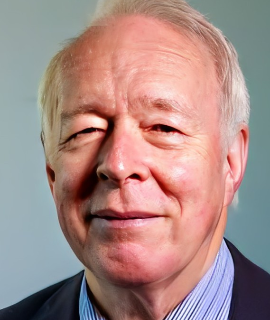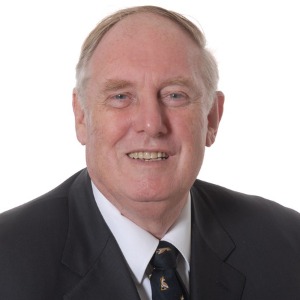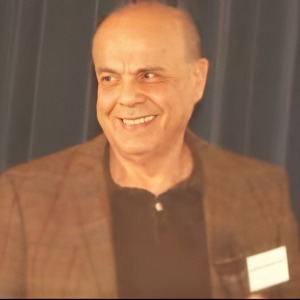Orthodontic Headgear
Orthodontic headgear is an important tool in dentistry used to correct the position of teeth and jaws. It is most commonly used in cases of overbite, underbite, crossbite, and other alignment issues. The headgear attaches to the teeth with a strap around the back of the head, and the metal braces on the teeth. It applies force to the teeth to help them move into the correct position. Orthodontic headgear can be used in conjunction with traditional braces, or on its own. The type of headgear used depends on the individual patient’s needs. The orthodontist or dentist will take into account the patient’s facial structure and oral anatomy to determine the best headgear for the situation. Headgear is most often used in adolescents and teenagers where the bones of the face are still developing and growing. The headgear helps guide the teeth and jaw into the correct position, which can result in a more aesthetically pleasing face. In some cases, the headgear can help prevent the need for more invasive treatments such as surgery. Headgear typically needs to be worn 12-14 hours a day, and needs to be adjusted periodically to keep up with the progress of the teeth. The headgear is designed to be comfortable and easily adjustable, so the patient can wear it for the recommended amount of time. In addition to helping the teeth and jaw move into the correct position, orthodontic headgear can also help reduce the amount of time needed to wear the braces. This can help to reduce the costs associated with the treatment, as well as the amount of time spent in the office. Overall, orthodontic headgear is an important tool in dentistry that can help to improve the position of teeth and jaws, and reduce the amount of time spent in braces. It can also help to reduce the cost of treatment, and improve the aesthetics of the face.

David Geoffrey Gillam
Queen Mary University of London, United Kingdom
Christopher Turner
Spacemark Dental, United Kingdom




Title : Evaluating hygienist follow up for head and neck oncology patients in secondary care: Results from a two cycle audit
Peter Basta, Newcastle Dental Hospital, United Kingdom
Title : Atypical facial pain unravelled
Christopher Turner, Spacemark Dental, United Kingdom
Title : New treatment of temporomandibular disorder through muscle balance and muscle regeneration by activation of quiescent muscle stem cells( satellite cells) with mitochondrial dynamics
Ki Ji Lee, National Reserach Foundation & Busan Medical University, Korea, Republic of
Title : MRONJ and ORN: Referral or management in primary care? Navigating guidelines in the context of long waiting lists
Alisha Sagar, NHS England, United Kingdom
Title : Managing the unexpected: An Insight into supernumerary teeth
Bahar Gharooni Dowrani, Guy's and St Thomas' NHS Foundation Trust, United Kingdom
Title : Laxative prescribing for post operative head and neck cancer patients at Derriford Hospital
Pui Sze Kylie Li, Cardiff and Vale University Health Board, United Kingdom